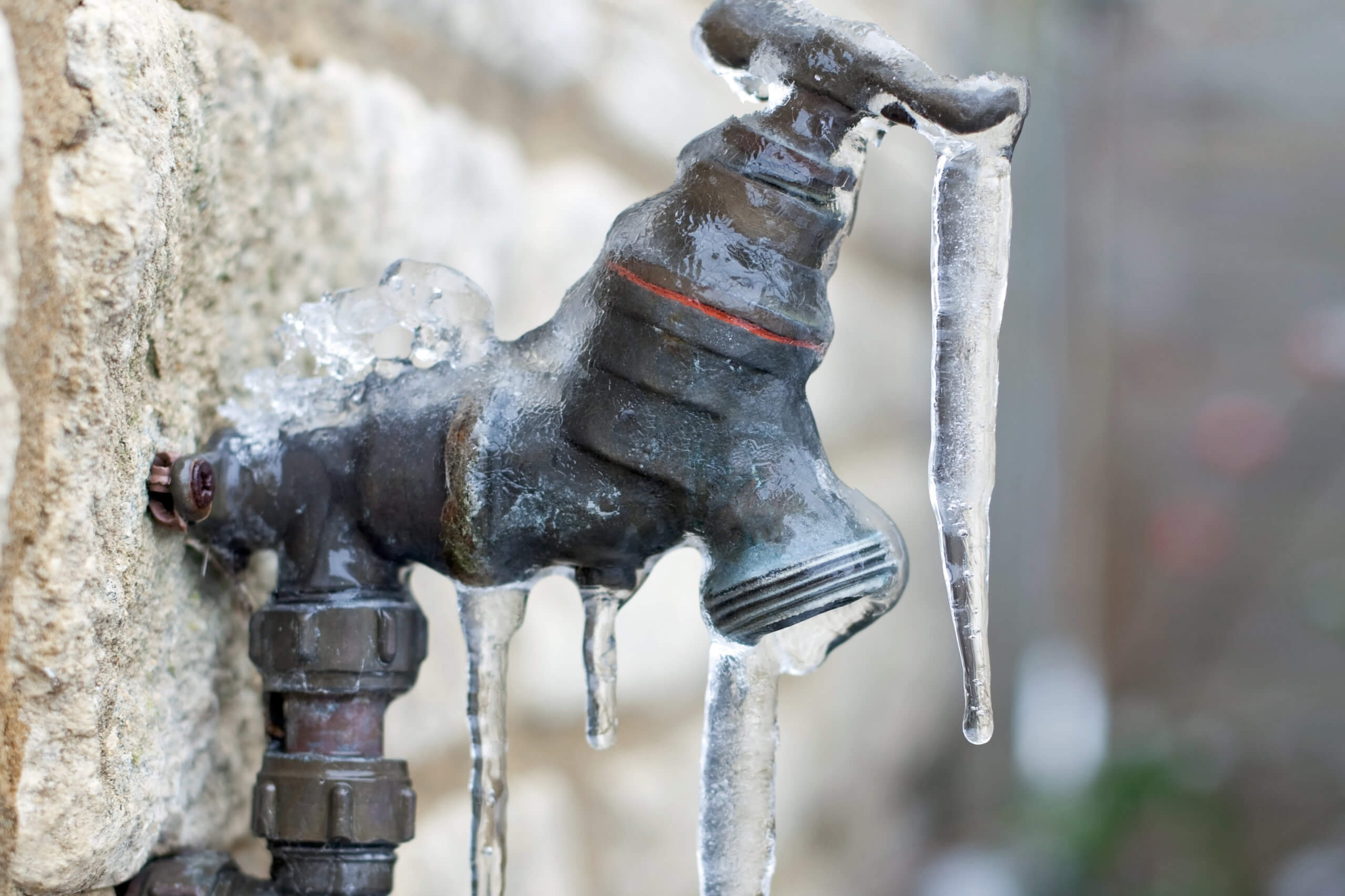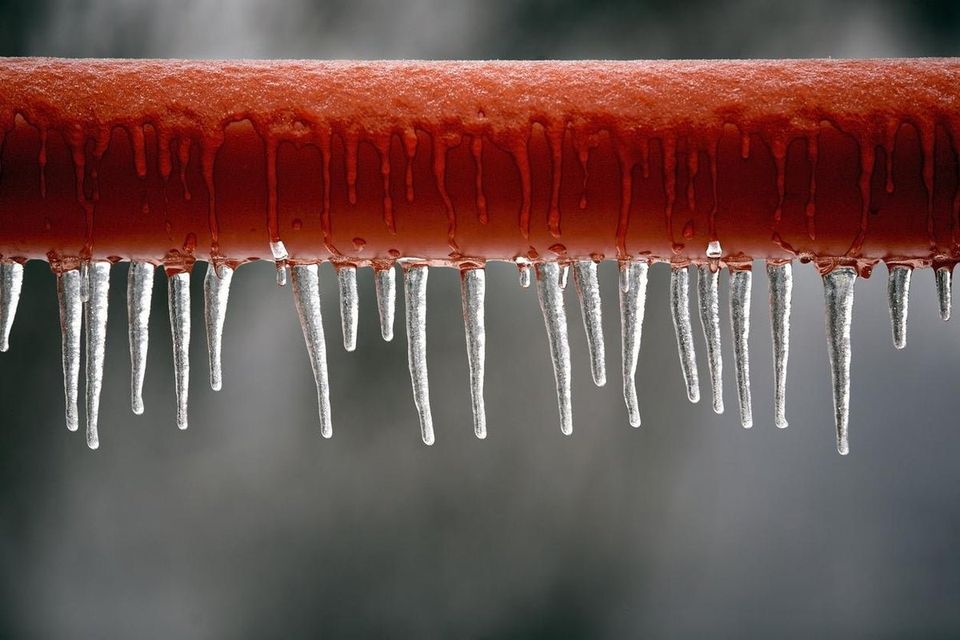Key Strategies for Avoiding Frozen Plumbing in Cold Weather
Key Strategies for Avoiding Frozen Plumbing in Cold Weather
Blog Article
Here further down you can discover more brilliant advice with regards to Helpful Tips to Prevent Frozen Pipes this Winter.

Winter can damage your plumbing, particularly by freezing pipes. Below's just how to avoid it from taking place and what to do if it does.
Intro
As temperatures drop, the threat of icy pipes rises, potentially resulting in costly repair services and water damage. Comprehending how to avoid icy pipes is vital for property owners in cool climates.
Avoidance Tips
Protecting at risk pipes
Wrap pipes in insulation sleeves or make use of heat tape to secure them from freezing temperature levels. Concentrate on pipelines in unheated or exterior areas of the home.
Heating techniques
Keep interior spaces appropriately warmed, especially locations with pipes. Open up cupboard doors to enable warm air to circulate around pipelines under sinks.
Just how to recognize icy pipes
Look for lowered water flow from faucets, uncommon smells or noises from pipes, and noticeable frost on exposed pipes.
Long-Term Solutions
Architectural adjustments
Think about rerouting pipelines away from outside wall surfaces or unheated areas. Include extra insulation to attic rooms, basements, and crawl spaces.
Updating insulation
Buy high-grade insulation for pipes, attics, and wall surfaces. Correct insulation helps preserve regular temperatures and minimizes the threat of icy pipes.
Securing Outdoor Pipes
Garden hose pipes and outside taps
Separate and drain yard tubes prior to winter. Install frost-proof spigots or cover outdoor taps with protected caps.
Comprehending Frozen Pipelines
What triggers pipes to ice up?
Pipelines freeze when exposed to temperature levels below 32 ° F (0 ° C) for extended periods. As water inside the pipelines ices up, it broadens, taxing the pipeline walls and possibly creating them to burst.
Dangers and damages
Icy pipes can bring about water system disturbances, building damage, and expensive repairs. Ruptured pipes can flood homes and create extensive structural damage.
Indications of Frozen Water Lines
Identifying frozen pipes early can stop them from bursting.
What to Do If Your Pipes Freeze
Immediate actions to take
If you suspect frozen pipelines, keep taps open up to relieve stress as the ice thaws. Use a hairdryer or towels soaked in warm water to thaw pipelines gradually.
Final thought
Protecting against icy pipelines calls for positive steps and fast actions. By comprehending the causes, indicators, and preventive measures, homeowners can protect their pipes during cold weather.
5 Ways to Prevent Frozen Pipes
Drain Outdoor Faucets and Disconnect Hoses
First, close the shut-off valve that controls the flow of water in the pipe to your outdoor faucet. Then, head outside to disconnect and drain your hose and open the outdoor faucet to allow the water to completely drain out of the line. Turn off the faucet when done. Finally, head back to the shut-off valve and drain the remaining water inside the pipe into a bucket or container. Additionally, if you have a home irrigation system, you should consider hiring an expert to clear the system of water each year.
Insulate Pipes
One of the best and most cost-effective methods for preventing frozen water pipes is to wrap your pipes with insulation. This is especially important for areas in your home that aren’t exposed to heat, such as an attic. We suggest using foam sleeves, which can typically be found at your local hardware store.
Keep Heat Running at 65
Your pipes are located inside your walls, and the temperature there is much colder than the rest of the house. To prevent your pipes from freezing, The Insurance Information Institute suggests that you keep your home heated to at least 65 degrees, even when traveling. You may want to invest in smart devices that can keep an eye on the temperature in your home while you’re away.
Leave Water Dripping
Moving water — even a small trickle — can prevent ice from forming inside your pipes. When freezing temps are imminent, start a drip of water from all faucets that serve exposed pipes. Leaving a few faucets running will also help relieve pressure inside the pipes and help prevent a rupture if the water inside freezes.
Open Cupboard Doors
Warm your kitchen and bathroom pipes by opening cupboards and vanities. You should also leave your interior doors ajar to help warm air circulate evenly throughout your home.

We had been introduced to that article about Prevent Frozen Pipes from someone on another web blog. Kindly set aside a second to distribute this write-up if you appreciated it. Many thanks for your time spent reading it.
Schedule Your Service Report this page